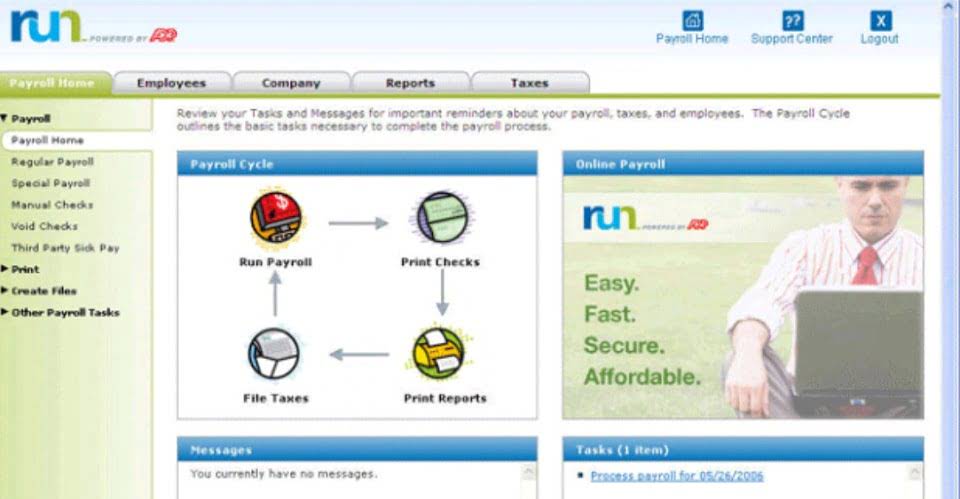
A mixed cost can be bifurcated into fixed and variable elements using high-low method, scatter-graph method and least-squares regression. Good cost control starts with knowing what part of a mixed cost will stay the same no matter what, and which part will change with activity levels. Distinguishing between mixed and semi-variable costs allows for finer financial control. It equips accounting professionals with the knowledge to manage costs more effectively and inform decision-making processes within the organization. ‘a’ stands for the fixed cost—this is the part that doesn’t change no matter how much you produce or sell. ‘b’ represents the variable cost per unit—this changes depending on your level of activity.
- As you try to level up to higher Ranks, customers will start requesting specific unique effects, making it hard to satisfy them.
- The best way to deal with mixed costs in a budget is to use a formula in place of a single number for a mixed cost, with the cost automatically varying based on a designated activity level (such as sales).
- In simple words, mixed costs are expenses that cannot be separated into fixed and variable costs but are a combination of both.
- This nuanced understanding is crucial for making informed decisions about pricing strategies, volume targets, and profit margins.
- When you make the best mix for Granddaddy Purple in Schedule 1, your suppliers will take notice and help you get in contact with more people to help your drug empire expand.
- The fixed fee is the fixed cost, while the variable charge is the variable cost.
Definition of Mixed Costs
Understanding mixed cost aids in budgeting processes, enabling precise cost allocation and effective control mechanisms to manage the financial impact of mixed cost components on overall business expenditures. Accurate financial prediction heavily relies on the understanding and appropriate allocation of mixed costs, as they can significantly influence the overall profitability and sustainability of a business. Mixed cost, in accounting terminology, refers to a combination of fixed and variable costs that collectively contribute to the total cost of a business operation. Both these components are added together to arrive at the total mixed cost of the company. Three commonly used methods to divided a mixed or semi-variable cost into its fixed and variable components are high-low point method, scatter graph method and least squares regression method.
Mixed Cost Definition

Accurate reporting mechanisms enable management to evaluate cost trends, identify areas of improvement, and make well-informed decisions. In today’s dynamic business environment, where cost plays a pivotal role in competitiveness, integrating mixed cost understanding into decision-making processes is imperative for sustainable growth. Implementing cost allocation methods such as activity-based costing or cost pooling can aid in accurately attributing mixed cost utility costs to specific departments or products.

Example of a Mixed Cost
Such analysis enables businesses to adjusting entries distinguish between fixed and variable components, aiding in effective cost control and allocation. Strategic planning plays a pivotal role in aligning cost structures with overarching business objectives, ensuring optimal resource utilization. Where TMC is the total mixed cost, FC is the fixed component, vc is the variable cost per unit and Q is the output level. Understanding these changing expenses helps businesses predict their spending better. They can use methods like the high-low method to figure out which costs are fixed and which ones change with activity levels. Variable costs play a crucial role in the makeup of mixed costs.

Mixed Costs Calculation: 3 Methods
This article explains the difference among these three types of costs as well as their response to business activities. Mixed costs contain some variable cost elements along with some fixed cost elements. We will define mixed costs and look at various methods to analyze this type of cost. We will look at both retail and manufacturing facilities in this unit.
- This is also a key concern when developing budgets, since some mixed costs will vary only partially with expected activity levels, and so must be properly accounted for in the budget.
- There will always be some portion that remains constant and some portion that varies with the level of activity or production.
- The variable component contains expenses that change with the production level, such as materials, labor, and energy (Bragg, 2019).
- In simpler terms, it’s a cost that fluctuates according to the amount of production and cannot be eradicated like a fixed expense.
The Formula of Mixed Cost
- But that demand may find some resistance now as coffee bean prices, both globally and locally, are breaking records one after the other without any sign of immediate halt.
- To start creating custom mixes of drugs, you need to reach Hoodlum 1 Rank by leveling up.
- This article explains the difference among these three types of costs as well as their response to business activities.
- This makes forecasting expenses tricky without understanding the fixed and variable components through methods like high-low analysis.
- Fixed costs are expenses that do not change with the level of goods or services a company produces.
- The monthly salary is a fixed cost because it can’t be eliminated.
This nuanced understanding is crucial for making informed decisions about pricing strategies, volume targets, and profit margins. These costs are prevalent in many business activities and play a significant role in cost measurement and accounting analysis. Understanding mixed costs is crucial for effective cost behavior and classification in managerial accounting.
What you’ll learn to do: Summarize the key elements of mixed cost analysis
The country’s average import cost of coffee beans in 2024 rose by 42 percent to $4.25 per kilo from $2.98 in 2023, reflecting the surge in world prices. Worse, the uptick in coffee prices may “weigh on” the country’s coffee consumption despite its market being considered as “relatively mature,” Cogliati added. “We expect companies operating in the coffee space to cope with the rise in input costs by increasing prices for consumers,” Cogliati said in an email interview. This strain of Green Crack is easily the best weed mix in Schedule 1. It brings in an impressive $165, though you can go up to $200 for the most part, and doesn’t cost too much to make, with all of its ingredients being available in the Gas Mart at the early game. This blueprint uses the least amount of ingredients, costing less than $10 to make.

Rent Expenses
While it is important to understand that you can graph cost to observe it’s behavior, don’t get overwhelmed by the slope formula. If you understand that a mixed cost has a variable and a fixed component, the formula is pretty easy. Next, we will look at how we can estimate the fixed and variable portions of a mixed cost for accounting analysis. Mixed costs impact the break-even point by necessitating precise cost measurement and understanding the underlying cost Bookkeeping for Painters behavior pattern to accurately determine the equilibrium between costs and revenues. This proactive approach enables businesses to efficiently manage their variable costs, ensuring sustainable financial performance and profitability. Wage costs for employees who are paid a monthly salary plus commissions are a good example of mixed costs.




